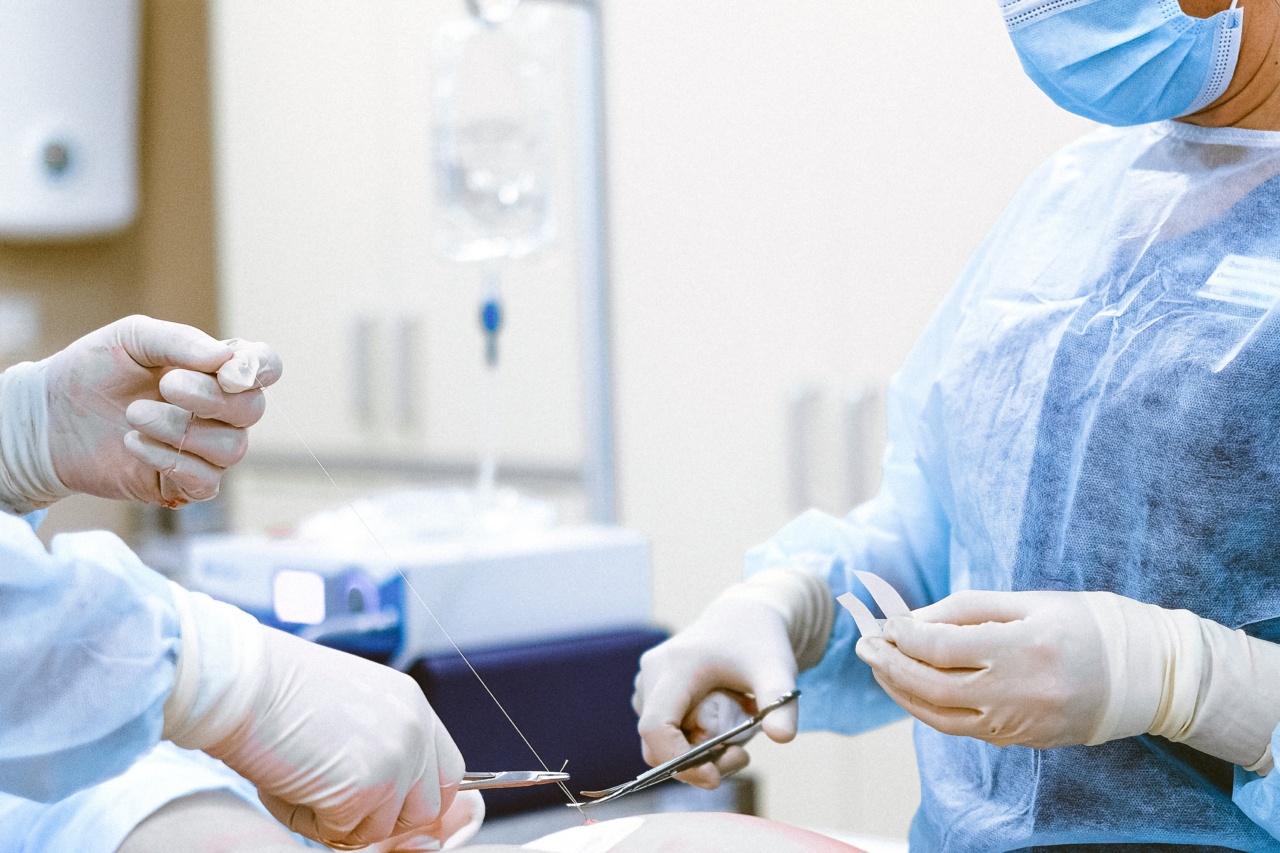When it comes to improving vision, two common procedures that often come to mind are cataract surgery and LASIK.
Both these surgeries aim to correct vision problems, but they differ in terms of the underlying condition they address and the techniques used. However, one common concern that many patients have is the safety of these surgeries. In this article, we will explore whether LASIK provides comparable safety to cataract surgery.
Cataract Surgery: Understanding the Procedure
Cataract surgery is a surgical procedure primarily performed to remove a cloudy lens known as a cataract and replace it with a clear artificial one.
Cataracts form when the natural lens in the eye becomes clouded, causing blurry vision and other visual disturbances. The surgical intervention aims to restore clear vision by replacing the clouded lens with an artificial intraocular lens (IOL).
The Safety of Cataract Surgery
Cataract surgery is considered to be one of the safest surgical procedures available today. It has a high success rate and low risk of complications.
The procedure is typically performed as an outpatient procedure, meaning that patients can often return home the same day. The safety of cataract surgery can be attributed to advancements in technology, improved surgical techniques, and the experience of the surgeons.
LASIK: A Breakthrough in Vision Correction
LASIK, which stands for Laser-Assisted In Situ Keratomileusis, is a laser eye surgery commonly performed to correct refractive errors such as nearsightedness, farsightedness, and astigmatism.
During LASIK, a thin flap is created on the cornea, and a laser is used to reshape the underlying corneal tissue, correcting the refractive error. The flap is then repositioned, allowing for a quick recovery and minimal discomfort.
The Safety of LASIK
Similar to cataract surgery, LASIK is also considered to be a safe and effective procedure. However, it is important to note that every surgical procedure comes with some risks and potential complications.
Common side effects of LASIK include dry eyes, halos or glare, and temporary vision fluctuations. These effects usually subside within a few weeks to months, and the majority of patients report high satisfaction with the outcome of their surgery.
Comparing the Safety of Cataract Surgery and LASIK
While cataract surgery and LASIK are fundamentally different procedures, both are generally safe when performed by experienced surgeons. Here are some factors to consider when comparing their safety:.
1. Surgical Technique
Cataract surgery involves the removal of the clouded lens and implantation of an IOL. The procedure has evolved over the years, and advancements such as phacoemulsification (the use of ultrasound energy to break up the lens) have made it less invasive.
On the other hand, LASIK involves the use of lasers to reshape the cornea, which is a highly precise technique.
2. Anesthesia
Cataract surgery is typically performed under local anesthesia, which numbs the eye area. The patient is usually awake during the procedure but may be given a sedative to help them relax.
In contrast, LASIK is performed under topical anesthesia in the form of eye drops. This means that the patient remains awake throughout the procedure.
3. Recovery Time
Cataract surgery generally has a shorter recovery time compared to LASIK.
Most cataract surgery patients experience improved vision within a few days after the procedure, while LASIK patients may need several weeks for their vision to stabilize completely.
4. Preexisting Eye Conditions
Patients with certain preexisting eye conditions, such as glaucoma or severe dry eye, may not be suitable candidates for LASIK.
However, cataract surgery can often be performed regardless of the presence of these conditions, as the surgery primarily targets the clouded lens.
5. Age Considerations
Cataracts primarily affect older individuals, and cataract surgery is commonly performed on the elderly population. LASIK, however, is typically performed on a younger demographic, and age can be a determining factor in candidacy for the surgery.
Conclusion
Both cataract surgery and LASIK have established records of safety and efficacy. The choice between the two procedures depends on the specific vision problem and the patient’s individual circumstances.
While cataract surgery addresses the clouded natural lens, LASIK corrects refractive errors by reshaping the cornea. It is crucial to consult with an experienced ophthalmologist to determine the most suitable option and discuss potential risks and benefits.






























